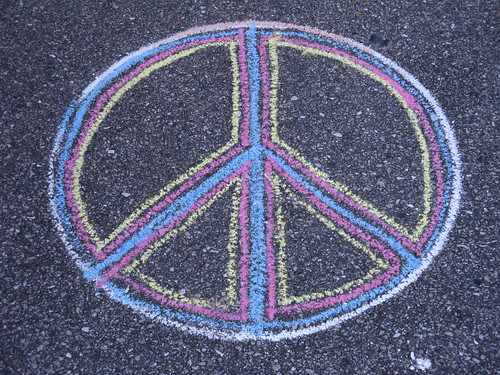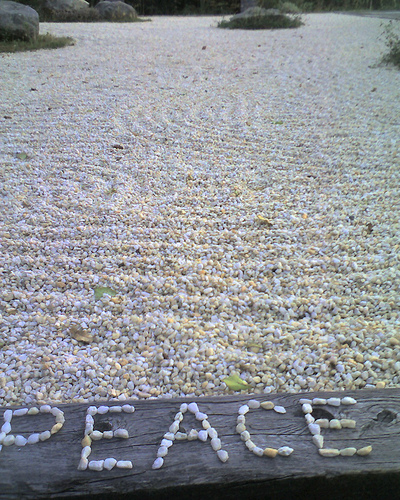Kenya Honored for “Character and Creativity Initiative”
 A Kenya-pioneered program that fosters a culture of compassion in schools and improves academic performance has been singled out for mention at this year’s Global Peace Convention in Kuala Lumpur, Malaysia. The innovative program, entitled the Character and Creativity Initiative, has been met with such success in Kenyan schools that it has begun to spread across the world.
A Kenya-pioneered program that fosters a culture of compassion in schools and improves academic performance has been singled out for mention at this year’s Global Peace Convention in Kuala Lumpur, Malaysia. The innovative program, entitled the Character and Creativity Initiative, has been met with such success in Kenyan schools that it has begun to spread across the world.
The Character and Creativity Initiative (CCI), from LeadIn and the Global Peace Foundation, is a series of trainings and programs that aim to positively impact high school students by encouraging peace, understanding, and creativity in schools. First pioneered in six Kenyan schools in 2010, the program has since spread to 40 schools in Kenya, and has now reached schools in other parts of Africa, Europe, Southeast Asia, and North America.
American educationist and engineer Tony Divine oversaw CCI’s implementation in Kenya. According to him the Initiative encourages both teachers and students to adopt new values. He says that teachers who were previously impatient with unmotivated and underperforming students “understood them better” after the Initiative, and students who had been disengaged or troublemakers “earned fresh motivation that helped them engage in productive activities.”
According to LeadIn’s 2013 evaluation report on the Initiative, participating schools not only showed a positive change in students’ self-esteem and interpersonal relationships, but bullying and drug/alcohol abuse among students decreased and academic performance increased.
The Global Peace Convention, which honored CCI among its 1,000 delegates and organizations from 40 countries, this year hosted for the first time a Global Summit on Character and Creativity. CCI chair Professor Leah Marangu spoke to delegates at the Convention, describing CCI as a trait of Kenya’s “top schools.”
Schools that have adopted the Character and Creativity Initiative are reinventing the education system, she said, and “harnessing the hidden qualities of their teachers, students, and even parents.”
Creative Commons Love: Moving Mountains Trust on Flickr.com





